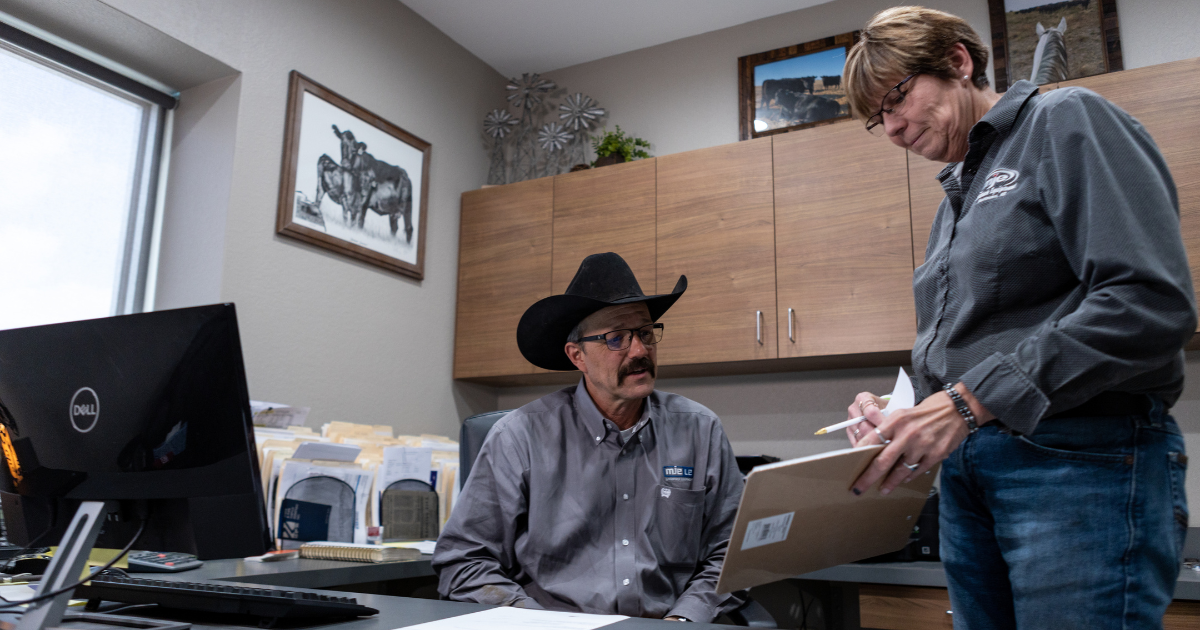
11.3.23
An Easy Guide to Maximize Savings with Section 179 Tax Deductions
For farmers and ranchers, managing costs efficiently is a crucial part of running a successful operation. One valuable tool in your financial arsenal is the IRS Section 179 deduction.
In this guide, learn more about how IRS Section 179 can accelerate cost recovery for equipment purchases, shedding light on the eligibility criteria, potential tax savings, and essential takeaways to make informed decisions for your farming business.
Understanding IRS Section 179 Deduction
Immediate Expense Write-Off: IRS Section 179, defined in Internal Revenue Code (I.R.C) § 179, allows taxpayers in the active trade or business of farming to immediately expense the cost of tangible personal property, including certain real property, when placed in service.
2023 Deduction Limits: In 2023, the maximum deduction is $1,160,000, with a reduction of $1 for every $1 over the $2,890,000 investment limit.
Tax Savings Opportunity: This provision empowers farmers to purchase up to $1,160,000 in equipment and recognize immediate tax savings.
Eligible Livestock Equipment
Comprehensive Eligibility: According to the IRS, the deduction covers new or used equipment, machinery, and tools, purchased or financed between January 1st and December 31st, provided the total cost falls below the yearly cap. This includes nearly every product manufactured or sold by MJE Livestock Equipment.
Additional Eligible Items: In addition to equipment purchases, you can also include items like “off-the-shelf” computer software, breeding livestock, drainage tile, and single-purpose structures, such as milking parlors or storage bins.
Tax Savings Impact on Equipment Costs: For example, consider the purchase of a Conquistador Wheel Corral with an MSRP of $54,180. Coupled with Section 179, this deduction can reduce the true cost to $35,307, unlocking $18,873 in cash savings. This sample calculation assumes a tax bracket of 35%.
Section 179 Tax Deduction Calculator: Use the 2023 Section 179 Tax Deduction Calculator to estimate potential savings for your equipment purchases.
Consult with a Tax Advisor
Unique Tax Scenarios: Tax incentives like Section 179 and bonus depreciation are beneficial but should align with your long-term financial goals.
Cash-Flow Considerations: Always assess your tax circumstances and cash-flow requirements when utilizing these tools.
Professional Guidance: Consult a tax advisor or accountant before making significant capital purchases to ensure proper adherence to Section 179 code. Additionally, be aware that state tax laws may vary.
KEY ELEMENTS
Strategic Use of Incentives: While tax incentives like Section 179 can be advantageous, they should align with your farm’s long-term financial strategy.
Consultation is Key: Seek guidance from a tax advisor or accountant to make informed decisions that maximize your tax benefits.
State Variations: Be mindful that not all states conform with federal tax laws regarding expensing limitations and bonus depreciation, potentially impacting the benefits.
Harnessing the power of IRS Section 179 deductions can significantly impact your bottom line, providing substantial savings for your farm equipment purchases. As you plan your next equipment investment, remember that informed decisions, professional guidance, and a clear understanding of tax implications are key to maximizing the benefits of Section 179. By strategically leveraging this tax incentive, you can help ensure the financial health and success of your farming operation.
If you’re ready to make a purchase, or learn more about eligible livestock equipment, contact your local MJE Livestock Equipment dealer.